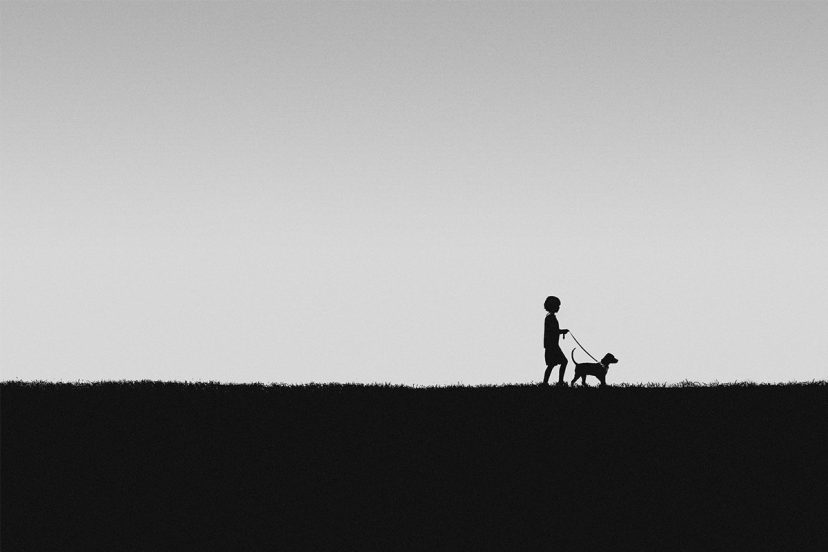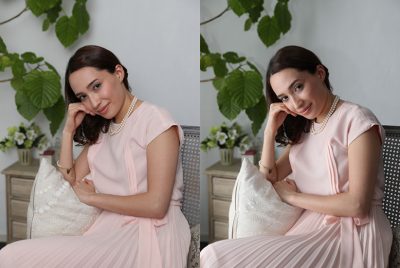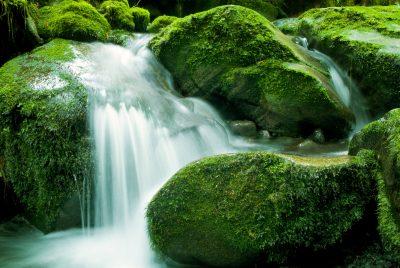Using Negative Space to Create Minimalist Photography
Have you ever looked at a photo where the subject seems to float in endless calm and thought, “Wow, that’s so peaceful”? That’s the magic of negative space. In this guide, I’ll show you how to simplify your shots using negative space to create striking minimalist photos — transforming cluttered scenes into elegant visual poetry.
What Is Negative Space in Photography?
Negative space is the area around or between your subject that gives your photo breathing room. It’s the visual “pause” that balances the busier parts of your image. Think of it like silence in music — it’s not nothing; it’s part of the rhythm.
>>> Must have accessories CLICK HERE <<<
Understanding the Visual Balance
In a good minimalist composition, your subject occupies only a small portion of the frame. The rest — the “empty” part — guides the viewer’s eyes and creates mood. A bird flying across a blue sky or a lone tree in a vast field both use negative space to tell a quiet, powerful story.
Why Negative Space Creates Minimalism
How Simplicity Amplifies Emotion
Minimalist photography is about emotion through reduction. By stripping away distractions, you make the viewer feel what’s essential. The emptiness becomes part of the message — calm, solitude, freedom, or even isolation.
Letting Viewers Breathe
Negative space gives your audience’s eyes somewhere to rest. In our chaotic, overstimulated world, a clean image feels refreshing. It’s like exhaling after a long day — your photo invites stillness.
Simplify Your Shots Using Negative Space to Create Striking Minimalist Photos
This is where the fun begins. You don’t need a fancy studio or rare landscapes. You just need a sharp eye for simplicity.
Start by Decluttering Your Frame
Before you even press the shutter, ask yourself: What can I remove? Move closer to your subject, change your angle, or zoom in to eliminate unwanted objects. The fewer elements in your frame, the more powerful the message.
Use Clean Backgrounds
A simple wall, a plain sky, or a sandy beach makes a perfect negative space background. Light backgrounds (like white or pastel skies) evoke calm; dark backgrounds feel dramatic. Experiment with both to set different moods.
Control Composition with the Rule of Thirds
Place your subject off-center — for example, in one of the outer thirds of your frame. The empty area becomes your negative space, balancing the visual weight of your subject. This technique adds tension and interest without clutter.
Camera Settings and Gear Tips
Aperture and Depth of Field
Use a wide aperture (like f/2.8–f/4) to blur backgrounds when your subject is close. For landscapes, a narrower aperture (like f/8–f/11) keeps everything sharp while relying on empty sky or sand for simplicity.
Exposure and Lighting
Negative space works beautifully with natural light. Soft light from sunrise or sunset adds gentle gradients to empty areas, while harsh midday light creates strong, graphic contrast. Slight overexposure can enhance the minimalist aesthetic by washing out unnecessary details.
Lens Choice for Minimalism
-
Telephoto lenses (70–200 mm): compress your background, reducing distractions.
-
Wide-angle lenses (24–35 mm): capture more negative space, great for vast landscapes or architecture.
Choose based on how you want the viewer to feel — intimate or expansive.
Examples of Negative Space in Action
Minimal Landscapes
A single mountain under a huge sky or a lone tree on a snowy field embodies serenity. When shooting landscapes, tilt your frame upward to include more sky, or downward for more ground simplicity.
Portraits with Space
Place your subject off-center against a plain wall or background. The surrounding emptiness highlights emotion, making the person appear isolated, strong, or peaceful — depending on your intent.
>>> Must have accessories CLICK HERE <<<
Architecture and Shapes
Modern buildings, curved bridges, and geometric shadows are goldmines for minimalism. Frame them against clear skies or blank walls to let their shapes speak for themselves.
Editing Techniques for Minimalist Photos
Even if your photo is well-composed, editing can fine-tune your message.
Cropping for Composition
Use the crop tool to emphasize your subject’s relationship with empty space. Don’t be afraid to remove large parts of the image — less is often more.
Adjusting Color and Contrast
Keep tones consistent. Reduce saturation slightly for a softer look or convert to black and white to emphasize form. High contrast works well when you want a bold minimalist style; low contrast conveys tranquility.
Using Lightroom and Presets
Lightroom’s Dehaze and Clarity sliders can refine textures subtly. Save your settings as a preset so you can quickly recreate your minimalist style across different shoots.
Common Mistakes to Avoid
Overdoing the Negative Space
Leaving too much empty space can make the photo feel unfinished. Remember, negative space should complement the subject, not overwhelm it. If your viewer’s eyes don’t know where to rest, you’ve gone too far.
Ignoring Subject Strength
No matter how beautiful your background, your subject must be interesting. A dull subject surrounded by empty space won’t hold attention. The balance between simplicity and storytelling is key.
Conclusion
Negative space isn’t just about emptiness — it’s about intention. When you simplify your shots using negative space to create striking minimalist photos, you invite emotion, calm, and clarity into your photography.
Start looking for space, not stuff. Remove distractions, focus on form, and let silence speak. Once you see the power of simplicity, you’ll never frame a photo the same way again.
>>> Must have accessories CLICK HERE <<<
FAQs
1. Can I create minimalist photos with any camera?
Absolutely! Whether you use a smartphone or a DSLR, the key is composition and light, not gear.
2. Should I always use a plain background?
Not always. Textured backgrounds work if they don’t compete with your subject. The goal is harmony, not emptiness.
3. How do I find negative space outdoors?
Look up! Skies, sand, snow, or water surfaces naturally provide clean, simple backgrounds.
4. Is negative space the same as minimalism?
They’re closely related. Negative space is a tool within minimalism — it helps achieve that calm, uncluttered style.
5. What color works best for minimalist photos?
White, gray, and pastel backgrounds are classic. But black or dark tones can add drama for a bolder minimalist vibe.
Further photo tips here:
Contrasting Photography: Unleashing the Power of Visual Depth




